#geckos
Text




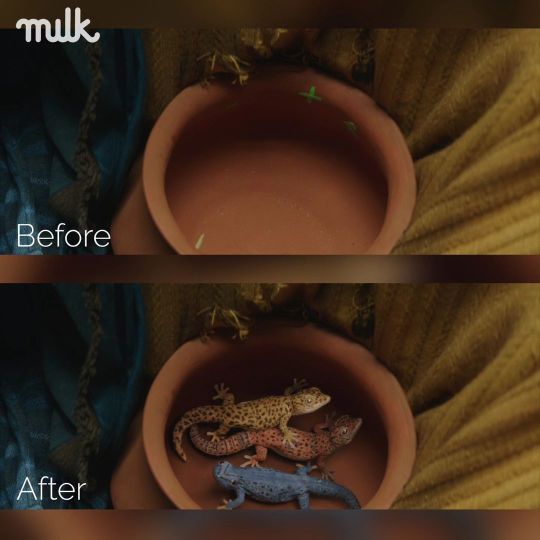

#good omens#photos#bts#bts photos#gos2#season 2#milk#vfx#visual effects#2ep1#2i1i1#2ep2#2ep3#2i2i1#2i2i9#2i3i6#geckos
748 notes
·
View notes
Text

A rough gecko (Naultinus rudis) in Hammer Springs, Aotearoa
by Tony Jewell
#rough gecko#geckos#lizards#reptiles#naultinus rudis#naultinus#Diplodactylidae#squamata#reptilia#chordata#wildlife: aotearoa#wildlife: oceania
736 notes
·
View notes
Text
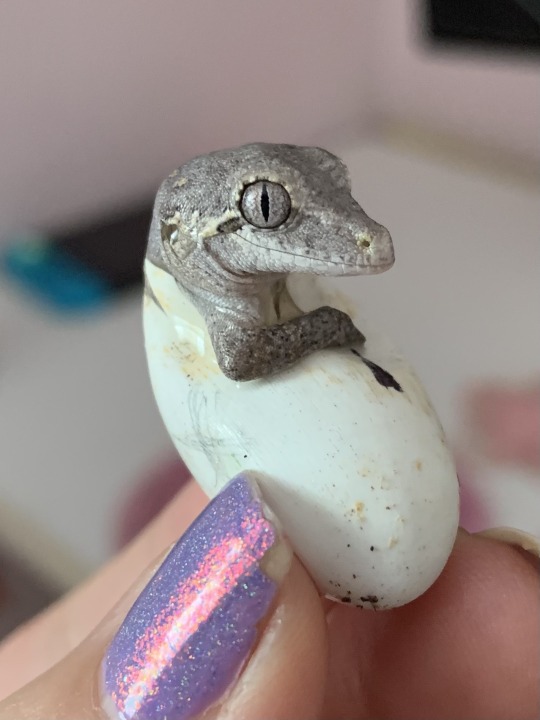

This is the second gecko baby hatchling from my pair, Meat and Potato. It got swag right out the egg. 😄
2K notes
·
View notes
Text

This guy would have a great career in advertising.
558 notes
·
View notes
Text
very cool gecko news dropping tomorrow at noon CEST, watch this space. 🦎
556 notes
·
View notes
Text

European leaf-toed gecko (Euleptes europaea) ; Mediterranean house gecko (Hemidactylus turcicus) ; Moorish gecko (Tarentola mauritanica)
Reptiles and Amphibians of the World. Written by Hans Hvass. Illustrated by Wilhelm Eigener. Originally published in 1958.
Internet Archive
#reptiles#lizards#geckos#european leaf-tailed geckos#mediterranean house geckos#moorish geckos#Wilhelm Eigener
167 notes
·
View notes
Text
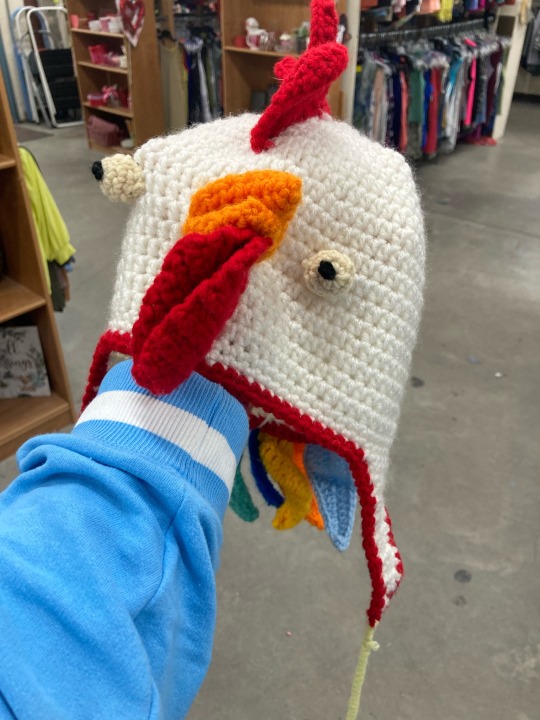
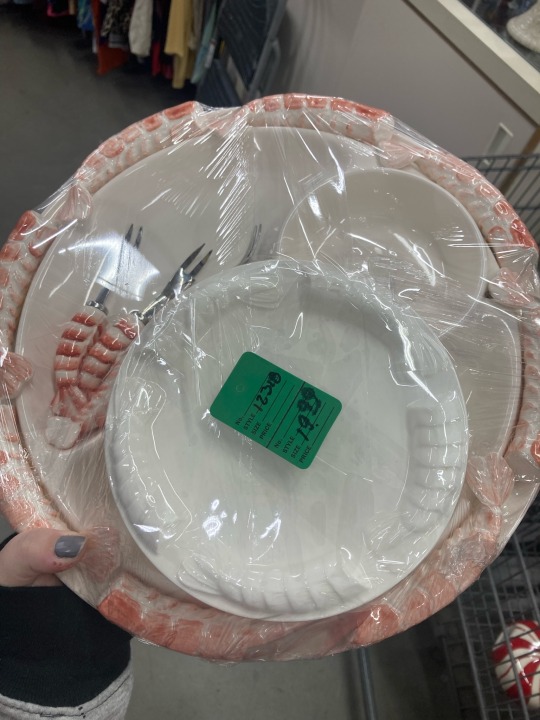

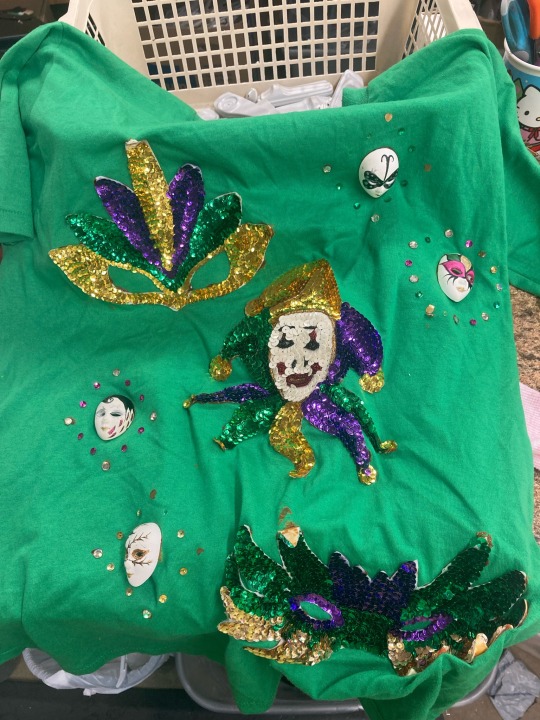
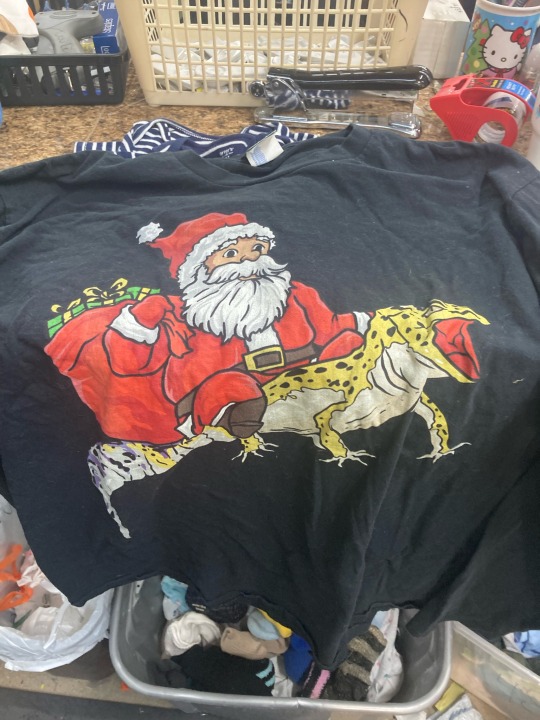
Shifty finds at work!
Chicken hat that I hope gets a home 🙏
SHRIMP THEMED FLAT WARE
R rated baby onesie that a co worker bought
The crunchiest Mardi Gras shirt ever
And a gecko riding Santa shirt that came home with me
#shiftythrifting#thrifting#submission#indiana#shrimp#holidays#geckos#shirts#santa#clowns#jesters#needlework#barcodes
220 notes
·
View notes
Text
Namib Sand Geckos: these nocturnal geckos have biofluorescent markings that emit a bright, neon-green glow when exposed to the moonlight

This species (Pachydactylus rangei) is found only in the Namib Desert, which stretches across Namibia, Angola, and South Africa; the geckos typically inhabit the arid, coastal region known as the Skeleton Coast.
In order to escape from the blistering heat of the desert, they use their webbed feet to burrow down into the sand during the day, and then emerge only at night, when the temperature has finally dropped. The webbing on their feet also enables them to run more easily across the dunes.
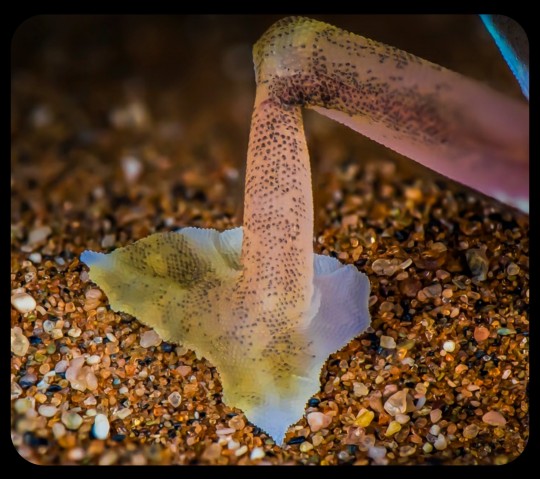
Namib sand geckos are covered in translucent scales, but they also have a strangely colorful appearance, as the colors/shades of their circulatory system, spinal column, internal organs, and optical membranes remain partially visible through the skin, producing various shades of pink, dark blue, purple, magenta, orange, and yellow.
They also have several distinctive markings running along their lower flank and encircling their eyes; these markings are known to fluoresce when exposed to UV light (including moonlight), emitting a bright, neon-green glow.

Some researchers have theorized that the biofluorescent markings may act as a signal to other geckos, allowing them to locate one another in the vast, desolate expanse of the desert, as this paper explains:
The fluorescent areas of P. rangei are concentrated around the eyes and along the lower flanks. This positioning is practically invisible to predators with a higher perspective (e.g. birds and jackals), but highly conspicuous from a gecko’s perspective. As P. rangei is sociable but generally solitary, and occurs at low population densities, such a signal might serve to locate conspecifics over greater distances ...
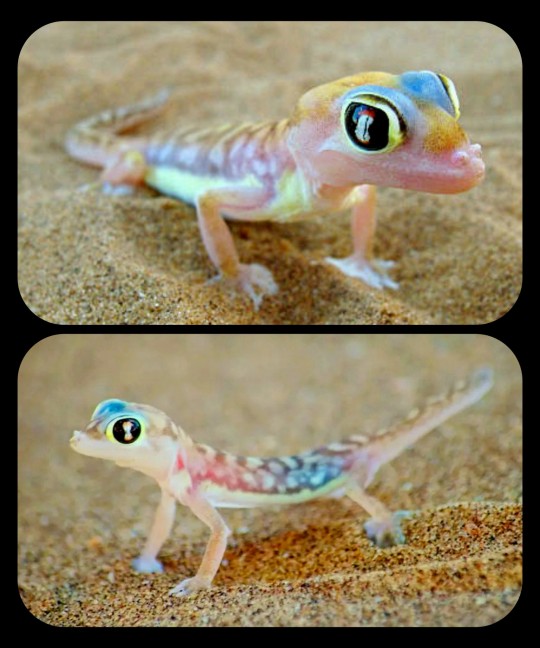
Encounters in P. rangei might serve purposes beyond mating opportunities: as the Namib desert has extremely low precipitation, fog is a key water source for its flora and fauna. Fog condenses on the bodies of the geckos, and they lick it from their faces. In husbandry, we have observed individuals licking water from conspecifics, taking advantage of a much greater available surface area.
Additionally, after short periods of isolation, the geckos run to meet each other. The combination of vital hydration with socialisation might reinforce signals that enable such meetings, and the cost of visibility to predators with higher vantage points, might constrain the signals to regions best visible from eye-level and below.
The Namib sand gecko is the only terrestrial vertebrate that is known to use an iridophore-based form of biofluorescence (you can find a more detailed explanation of that mechanism in the article mentioned above). The fluorescent dermal markings are also unique to this species.
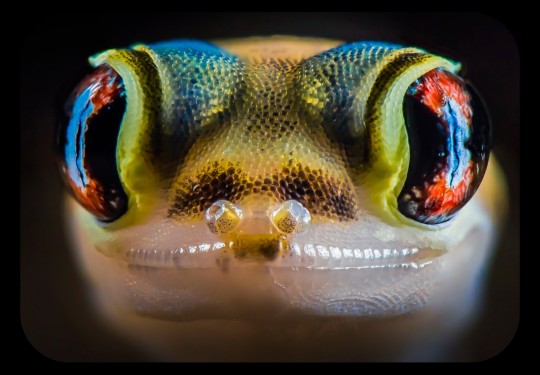
Sources & More Info:
Scientific Reports: Neon-green fluorescence in the desert gecko Pachydactylus rangei caused by iridophores
Animal Diversity Web: Pachydactylus rangei
Dr. Mark D. Scherz's Blog: A Neon-Green Glowing Gecko!
Australian Geographic: Skeleton Coast - Namibia's strange desert dwellers
#herpetology#reptiles#gecko#Pachydactylus rangei#namib sand gecko#palmatogecko#namib desert#namibia#biofluorescence#animals that glow#lizards#cute animals#biology#nature#africa#squamata#web-footed gecko#cool animals#geckos#South Africa#Angola#Skeleton Coast#wildlife#not an arthropod#but still pretty cool
172 notes
·
View notes
Text

Gecko foot by Enrico Bollin
1K notes
·
View notes
Text
A video with new bts bits on MilkVFX's insta! ❤ :)
Me watching Furfur with 'normal' tongue: *SHOCKED* :D

#good omens#gos2#season 2#2ep1#2i1i1#bts#bts videos#milk#milkvfx#visual effects#angel crowley#angel aziraphale#2ep2#job's minisode#geckos#2i2i9#2ep3#2i3i12#demons#2ep5#2i5i16#2i1i15#beelzebub#fly#s2 fly#bentley#soho#berwick street#wahoo! :)
615 notes
·
View notes
Text

A jewelled gecko (Naultinus gemmeus) in Aotearoa
by Dylan van Winkel
#jewelled gecko#geckos#lizards#reptiles#naultinus gemmeus#naultinus#Diplodactylidae#squamata#reptilia#chordata#wildlife: aotearoa#wildlife: oceania
1K notes
·
View notes
Text
Taxonomy Tournament: (Non-Avian) Reptile Finale!
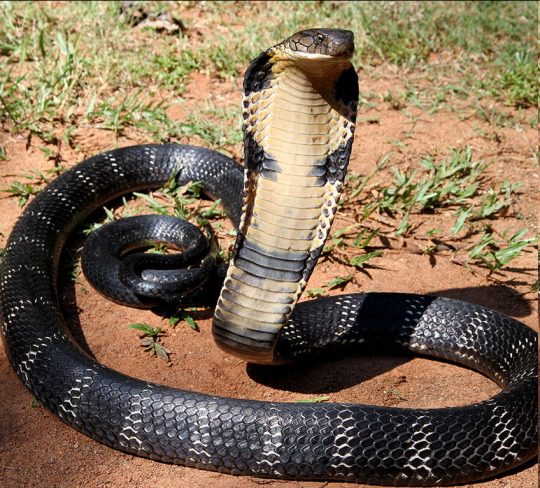
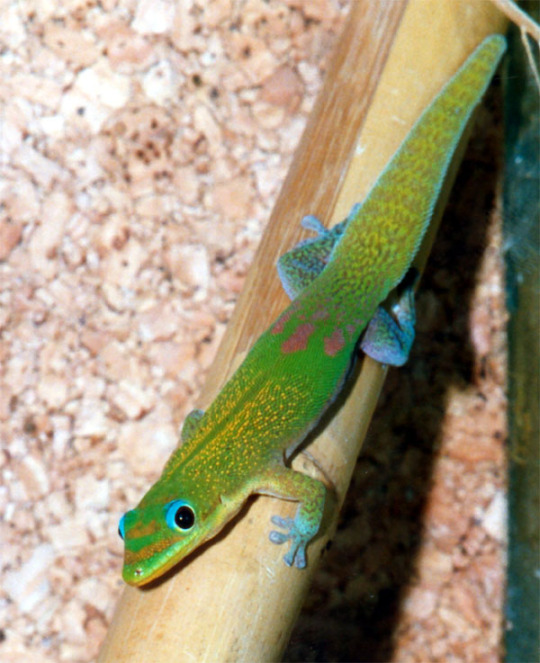
Serpentes. This reptile suborder is made up of snakes
Gekkota. This infraorder is made up of geckos, small typically nocturnal lizards
#animals#biology#polls#poll tournament#zoology#snakes#reptiles#tetrapods#lizards#geckos#Serpentes#Gekkota#0x17v0x28
96 notes
·
View notes
Text

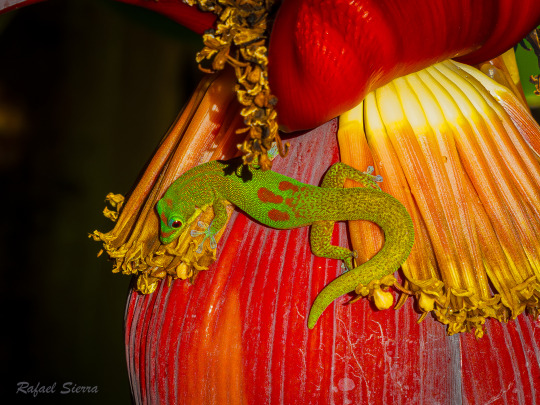
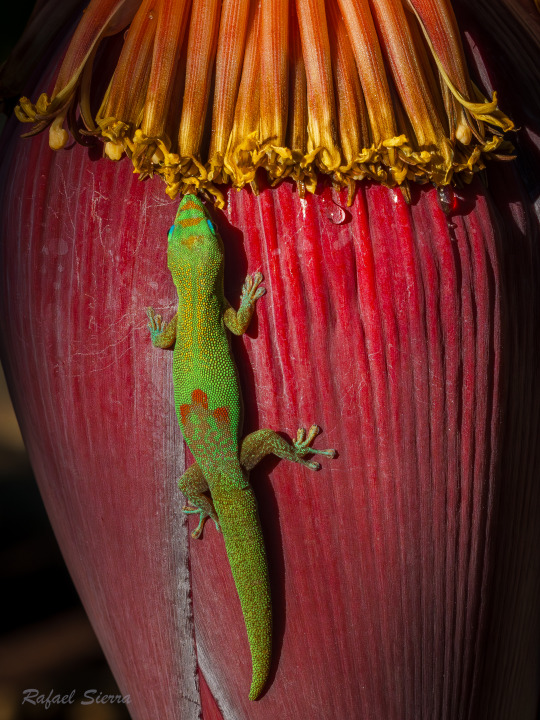
Gold Dust Day Geckos pollenating banana flowers
North Kohala Coast, Hawaii
#original photography#photographers on tumblr#nature photopragpy#hawaii#rafefar#big island#north Kohala coast#geckos
281 notes
·
View notes
Text
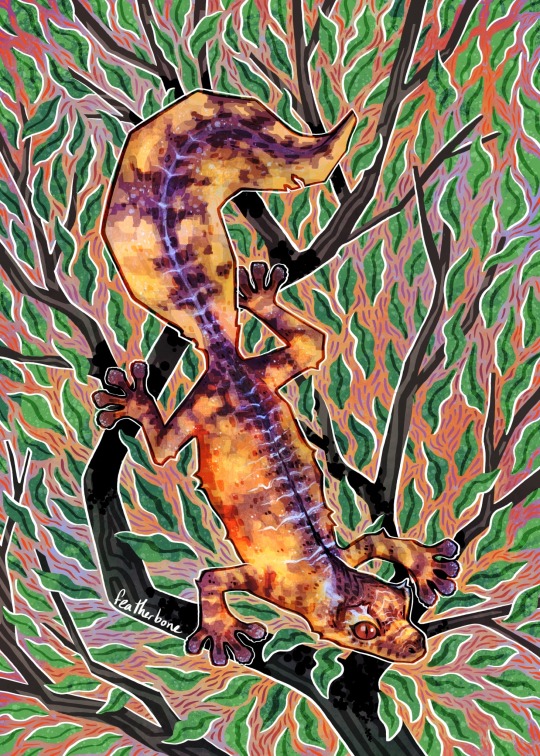
[ID: an illustration of a gold and purple gecko on a dark branch, surrounded by wavy green leaves on a purple and orange background. End]
Satanic! Leaf! Tailed! Gecko! They come in a bunch of different colors and their leaf-shaped tail is adapted to help camouflage them amongst dry leaves.
129 notes
·
View notes